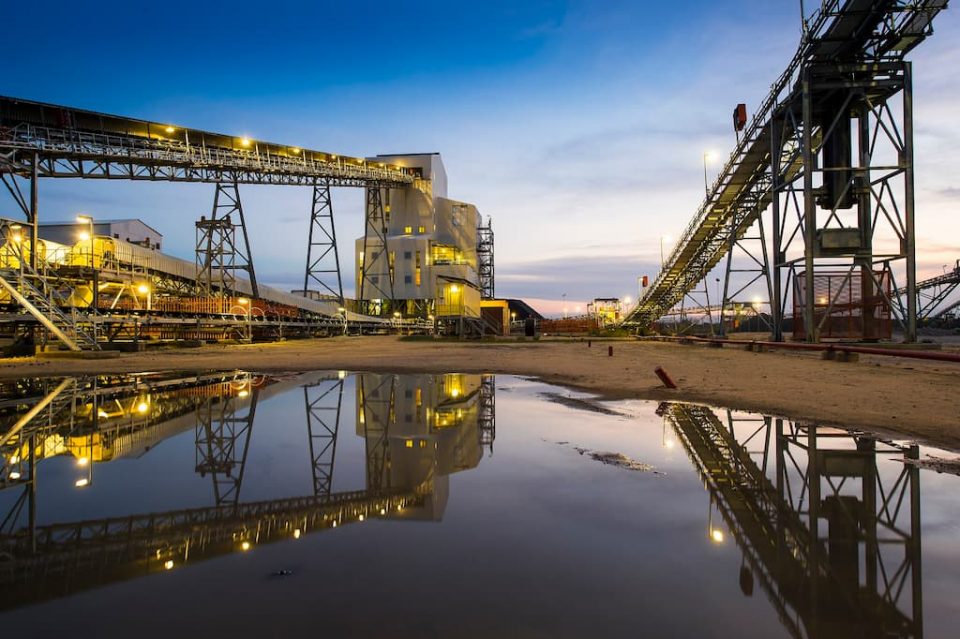WEC Projects has secured a R3 million contract for the expansion of the mine’s sewage treatment facility. The company installed the original treatment plant in 2012 and will integrate the new system into the existing facility, increasing throughput from 100m3 to 150m3 per day to meet the requirements of an increase in the number of staff at the mine. While the treatment plant itself is a fairly standard installation, the mine requested a variation to the original project scope – a man-made natural reed bed wetland system that will provide a “polishing” phase to the treatment process, using natural organisms and filtration processes to further clean the wastewater.
Water Conservation

“This is a particularly unique feature for a mine as usually such reed bed wetlands are built for much larger installations such as municipal sewage treatment. The government’s mandate for water conservation has forced companies in Botswana to apply creative thinking to overcome the challenge of operating in an arid country.”
Wayne Taljaard, Managing Director of WEC Projects,
The main sewage treatment facility will consist of a WEC Projects Model A treatment plant, an extended aeration system using conventional activated sludge to process the sewage. The wastewater passes through a mechanical screen which removes solids and is then treated by a biological reactor that integrates anoxic, aerobic and clarification zones.
Natural Water Treatment
After treatment, the water will enter the reed bed wetland area where it will percolate through the reed bed allowing microorganisms to break down contaminants such as sulphur, heavy metals and chlorine. The water produced by this process, while not for human consumption, will be reused by the mine for applications such as irrigation and dust suppression.
To create the wetland, a shallow dam will be built, its bottom to be filled with gravel and reeds planted. The water from the treatment plant will feed into the wetland area where nature will be left to take its course.
Adds Taljaard, “The reed bed solution offers a number of advantages for the mine as the effluent will be relatively odourless and is flexible enough to cope with fluctuations in input. It also requires little maintenance once it is up and running and will ensure that the mine remains within the constructs of the law.”



